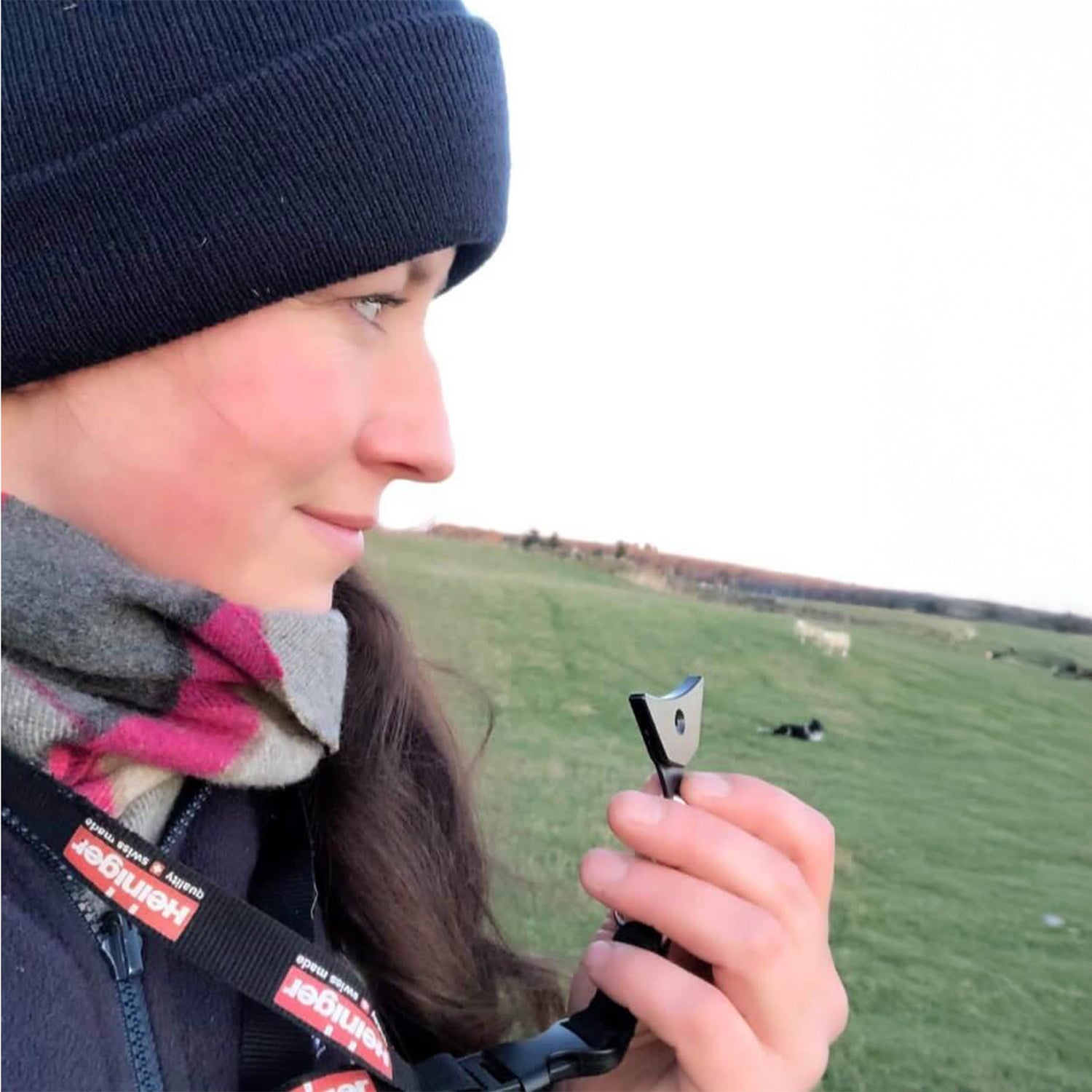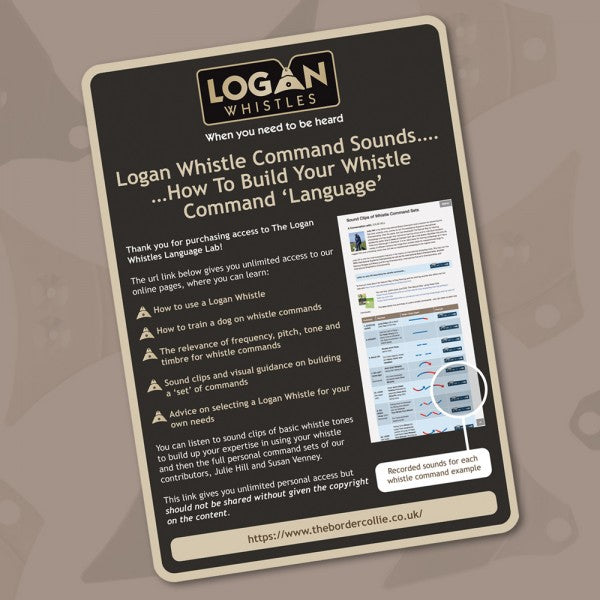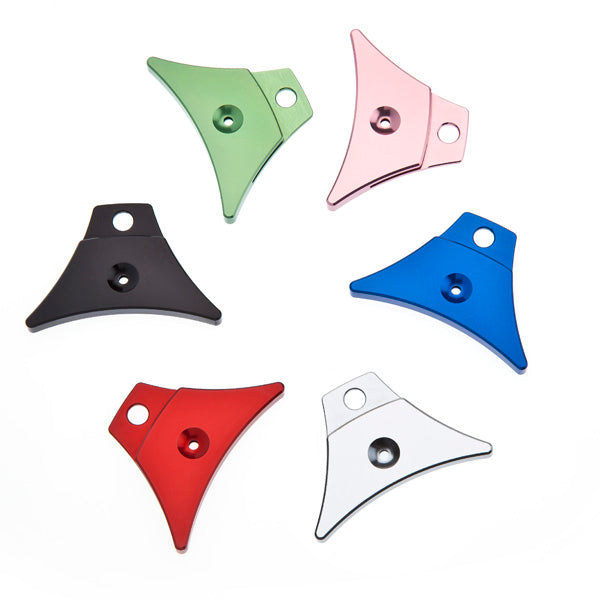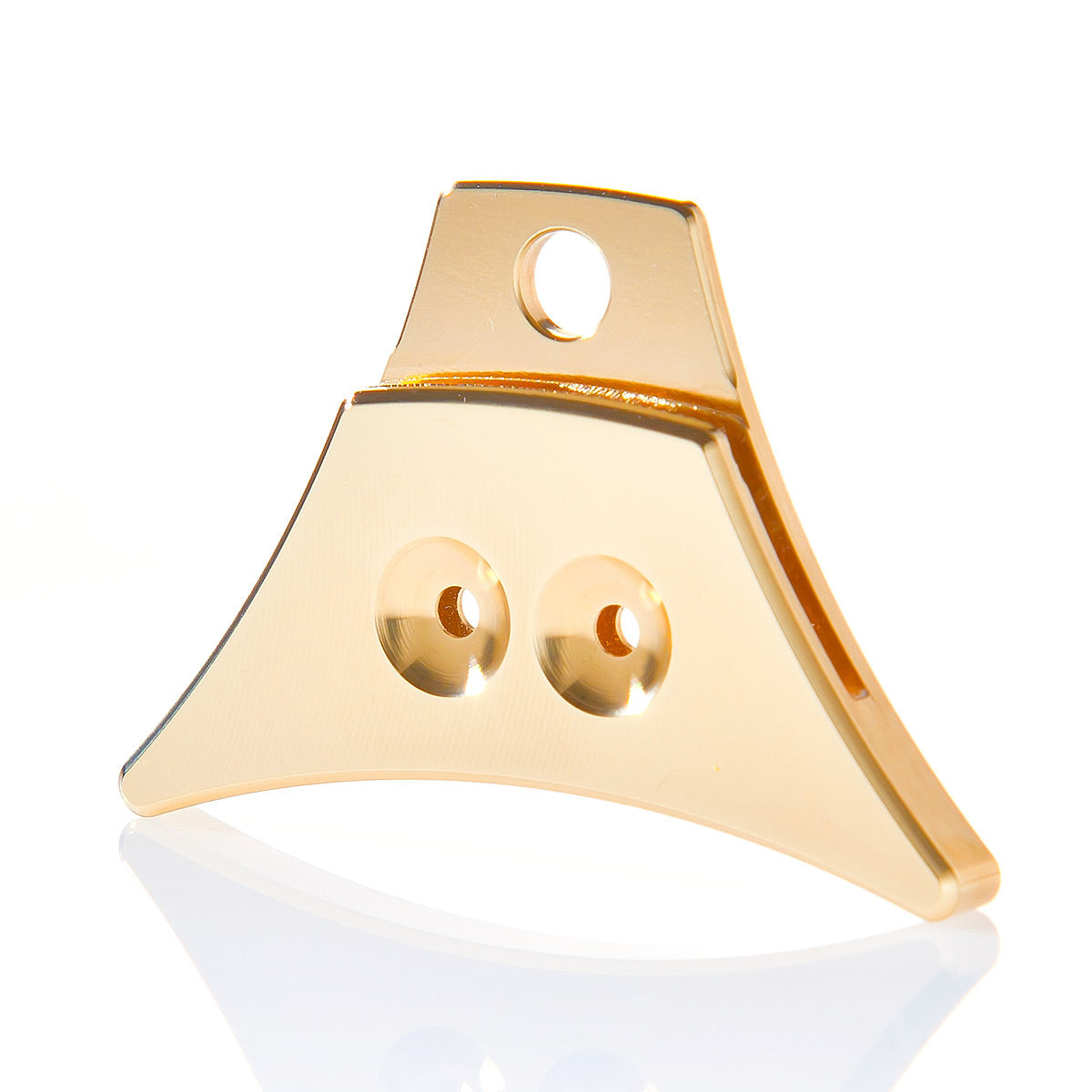
Logan Whistle Command Sounds
Below are links to some dog training whistle command sounds which can be produced with a Logan Whistle.
Lie Down
Action: Lie down.
GET UP & WALK ON (WALK UP)
Action: Stand and walk straight towards livestock. If you want the dog to move faster repeat the whistles faster and louder.
COME BYE (LEFT FLANK)
Action: Go Clockwise – i.e. arc around the LEFT side of the sheep – a full long flank is the movement of the dog around the sheep – almost the whole left side of the sheep. If you want to completely circle the sheep repeat the full-long flank command until the dog comes right around. Using the first 'chirp' note of the command, 'Chew' is a 'half-flank' which tells the dog to move just a short distance around the left side of the sheep.
AWAY TO ME (RIGHT FLANK)
Action: Go anti-clockwise – i.e. arc around the RIGHT side of the sheep.
STEADY OR TAKE TIME
Action: Slows dog to a steady pace.
LOOK BACK
Action: Turns dog around to go gather more livestock.
CALL OFF (THAT'LL DO)
Action: Orders dog to stop working and return to handler.

Choosing from the range of Logan Whistles
If you are new to Logan Whistles you can find a short introduction HERE or jump straight to our complete whistle comparisonpage
Our whistles are ALL
- effective for any breed of dog
- capable of very loud & sharp as well as soft/deep sounds
- suitable for all users – beginner to professional
- suitable for other activities too as you can create a 'whistle language' for safety in outdoor sports such as climbing and hiking
As all are capable of high performance, (soft deep tones to sharp, high pitched, tones) you can use just one design, basing your decision on the material, weight and overall design that you prefer.
But there are of course some performance differences between the whistle designs - click here for a comparison of our whistles

How to use a Logan Dog Whistle
This style of a dog whistle is held against the tongue in the mouth.
The sound is produced by your breath flowing through the top and bottom air holes and then out from the slot between the two flat sides of the whistle.
Use the whistle tone you want the dog to associate with a specific command and then immediately use the voice command it is already familiar with. Very soon you will be able to use the whistle tone alone allowing you to communicate with the dog at greater distances.
Although this type of herding dog whistle has traditionally been used for Border Collie training, Logan whistles are ideal for any dog breed.
Begin by selecting tones for commands your dog is already obedient on - such as a whistle tone which you want the dog to associate with Stop, or with coming back to you.
Here are some tips on how to use a sheepdog whistle…
- Hold the whistle by its tab.
- Place the whistle in the mouth so that the tab/open slot is to the front and the closed end is tight against (NOT ON) the tongue. Do not block either of the top or bottom holes. It is the air going through the hole on top and bottom of the whistle and out the slot at the front that creates the noise. It does not matter if the long or short side is on the top - try each way up and see which you find easiest.
- While continuing to hold the whistle by the tap push it against your tongue to seal the back. It is this seal that directs air through the air holes. Now seal the top and bottom edges of the whistle with your lips (but do not block the slot) so your breath can only pass through the air holes and out the slot to create the noise. Do not bite the whistle with you teeth, keep it steady by holding the tab and with your lips. Your tongue is active in pushing the whistle to the right position so your lips just fall around the edge. The whistle does not sit flat on the tongue (that would block the bottom air hole). Your tongue falls down below the whistle so the air can circulate.
- Now breathe from your chest directing air through the whistle. If you're sure the whistle is positioned correctly so air can flow through it and out the slot at the front, just relax and breathe from your chest making sure the whistle is sealed tightly against your tongue.
- Your tongue on the back of the whistle can then vary the direction of the air to change the tone. Begin by getting a single consistent tone. Directing air up through the whistle creates sharp, high notes and most people begin by making these. Softer notes are created by directing your breath down though the whistle. Once you get your first sounds try playing a simple tunes and be aware of how your tongue moves as you do that. That changes how you direct air through the whistle and the notes that are produced.
A few hints
Learn how to use the dog whistle where your dogs can't hear you. Your aim is to get controlled sounds that you can repeat consistently before introducing those sounds as commands
At first, it is common to make very shrill sounds. With practice, you will be able to play a full octave of tones and lower the pitch of those tones. Breathing down through the whistle creates lower tones than blowing up through the whistle
Soft dulcet tones are all you need for close work. Keep commands as soft as possible and reserve sharp tones and volume for distance and for emphasis.
Gundog Training with a Logan Whistle
Logan Whistles are not only for Border Collies - they are equally effective for other working dog breeds - watch Ivy respond to her Logan Whistle - or simply use as a very effective recall whistle for any dog breed.
Here are some tips on how to use a sheepdog whistle…
Advice from Dog Trainers
When should I introduce a dog to whistle commands?
Initially and while the dog is working close to you, voice commands can be used very effectively. As the dog begins to work further it is best to switch to whistle commands. Dogs recognise whistle commands quickly – your voice is one type of sound signal, and a dog whistle is another more reassuring one. With practice, whistle commands are more likely to be consistent, the same cue for a specific action and so a real advantage when training dogs. A good whistle also allows for expression and added meaning to your commands to quickly convey how you expect the dog to react.
"Once my dogs are solid on voice commands I introduce them to whistle tones. A dog can hear the pitch and tones of a whistle much easier than the voice especially if there is any interference like the wind. The voice is ideal close at hand but the energy required to communicate with your dog at a distance would require much more energy and lung capacity to reach the distance required, so I definitely favour the use of the whistle if you want to communicate in a quiet but effective manner." Julie Hill, past ISDS Supreme Champion & 2017 Scottish National Brace Champion
Which whistle?
If you've tried to use a sheepdog whistle before and failed - try again with a Logan Whistle. Any of our whistles is suitable for a beginner or a very experienced user. Some, such as the solid brass and stainless steel whistles, are capable of higher performance (greater range of tones and volume) where multiple commands are needed and where you will be working at extreme distances. Brass is capable of mellow as well as very sharp tones. Sound from our stainless steel whistles carries over flat windswept ground particularly well. Delta takes the precision of a metal whistle into a non-metallic material making these perfect in very hot or cold climates. Our two-hole Turbo design changes the timbre of the tone in brass, stainless steel and Delrin which is effective when there is competing noise and seems more effective in generating a correct response from less responsive dogs, even at distance. Think about the material you might prefer, the weight of the whistle, and the range of commands you're going to need.
"The responses from dogs differ greatly depending on how sensitive to sound they are so the A1, Delta and Logan 304 are ideal for very responsive dogs, whereas the brass Supreme and the Turbo come into their own with a less responsive dog. Reaching a great distance in bad conditions will also become easier to communicate with your dog with these two whistles." Julie Hill
Do different dog breeds need a specific frequency of whistle?
Frequency is technically the number of sound vibrations per second – a high frequency creates a high pitch or tone. A Logan Whistle can create a range of frequencies and a range of tones or pitch patterns allowing for multiple, easy-to-distinguish commands all of which can be repeated, elongated or used softly or loudly to add emphasis and so meaning. If you can hear the dog whistle then you know what you are trying to communicate to the dog. Commands from Logan Whistles are not distorted as other whistles can be by heat/cold, wind or other atmospheric interference. With more consistent commands, even over extreme distances, your dog will be able to hear you more easily and so be more likely to remain calm, less confused, distracted or alarmed. That's the basic principle of Logan Whistle commands developed for working sheepdogs - often three or more dogs working on different commands at distances of up to two miles - all from the same dog whistle. There is no reason why it should not apply to other breeds of dogs.
On your Logan Turbo, What difference does having two holes make to the sound?
Our two-hole design changes the timbre of the command tones (timbre is the quality of sound that makes voices or musical instruments sound different from each other even when they are singing or playing the same note/pitch at the same volume). Dogs can continue to react correctly to the commands from the two-hole design when there is a lot of background noise or in very foggy or windy weather, perhaps wind off the sea or on the hills.
Can Logan Whistles be used for training working gundogs for field trials and normal field work - spaniels, labs?
Yes, any of our dog whistles can be used with any breed of dog and can produce a range of clear commands creating a ‘language’ for any activity. They were developed for field work with border collies or other herding dogs, working in all sorts of conditions and for close and distance work (low soft and sharp loud tones) - but the sound quality needed for this type of work makes them equally powerful for other dog training and work - including gundogs and hunting dogs and for competition.
Follow the link at the bottom of the page for more advice from well-known handlers on training a dog on Whistle Commands & Choosing Whistles.
To view our complete range of Logan Sheepdog Whistles CLICK HERE.









